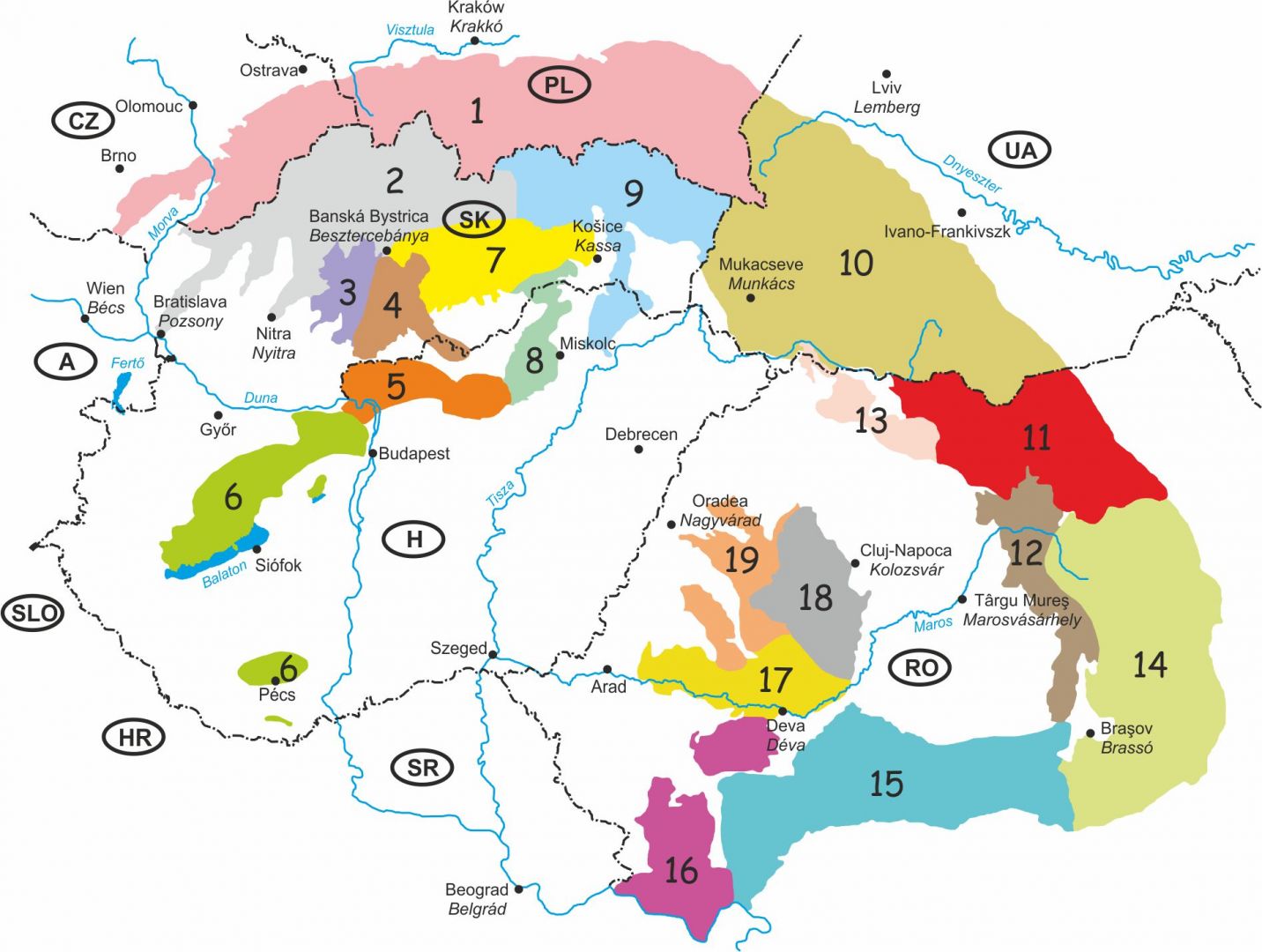MINERALS OF THE CARPATHIANS
Minerals of the Carpathians
The Carpathians form a 1.500 km-long mountain range in the heart of Central Europe. Its territory is shared among Poland, the Czech Republic, Slovakia, Hungary, Ukraine and Romania. Treasures of its mountains, and minerals, have been known and mined since ancient times. The most significant noble metal and salt mines of Europe worked here in the Middle Ages. In the world, about 4.700 mineral species are known, from which nearly 1.300 minerals can be found here. Our exhibition intends to present the mining history, excellent mineralogists and of course, minerals of the Carpathians.
Divisions of the exhibition:
- Moravian and Polish Carpathians
- Little Carpathians, Tríbeč Mountains, Little and High Fatra Mountains, Low and High Tatra Mountains
- Štiavnické and Kremnické Mountains
- Poľana, Javorie, Karancs-Medves and Cerová Vrchovina Mountains
- Mátra, Cserhát, Börzsöny and Visegrád Mountains
- Buda, Pilis, Gerecse, Vértes, Velence and Bakony Mountains, Balaton Highland, Mecsek and Villány Mountains
- Spiš-Gemer Ore Mountains
- Aggtelek-Rudabánya, Bükk and Uppony Mountains
- Prešov-Slanské, Vihorlatské, Spišská Magura and Tokaj Mountains
- Ukrainian Carpathians
- Maramureş, Rodna and Bistriţa Mountains
- Călimani, Gurghiu, Harghita and Perşani Mountains
- Oaş, Gutâi, Ţibleş and Lăpuş Mountains
- Giurgeu, Ciuc and Vrancei Mountains
- Făgăraş, Cindrel, Sebeş, Lotru and Parâng Mountains
- Banat area and Poiana Ruscă Mountains
- Metaliferi Mountains
- Gilău and Trascău Mountains, Transylvanian Basin
- Bihor, Codru-Moma, Vlădeasa, Pădurea Craiului and Plopiş Mountains
